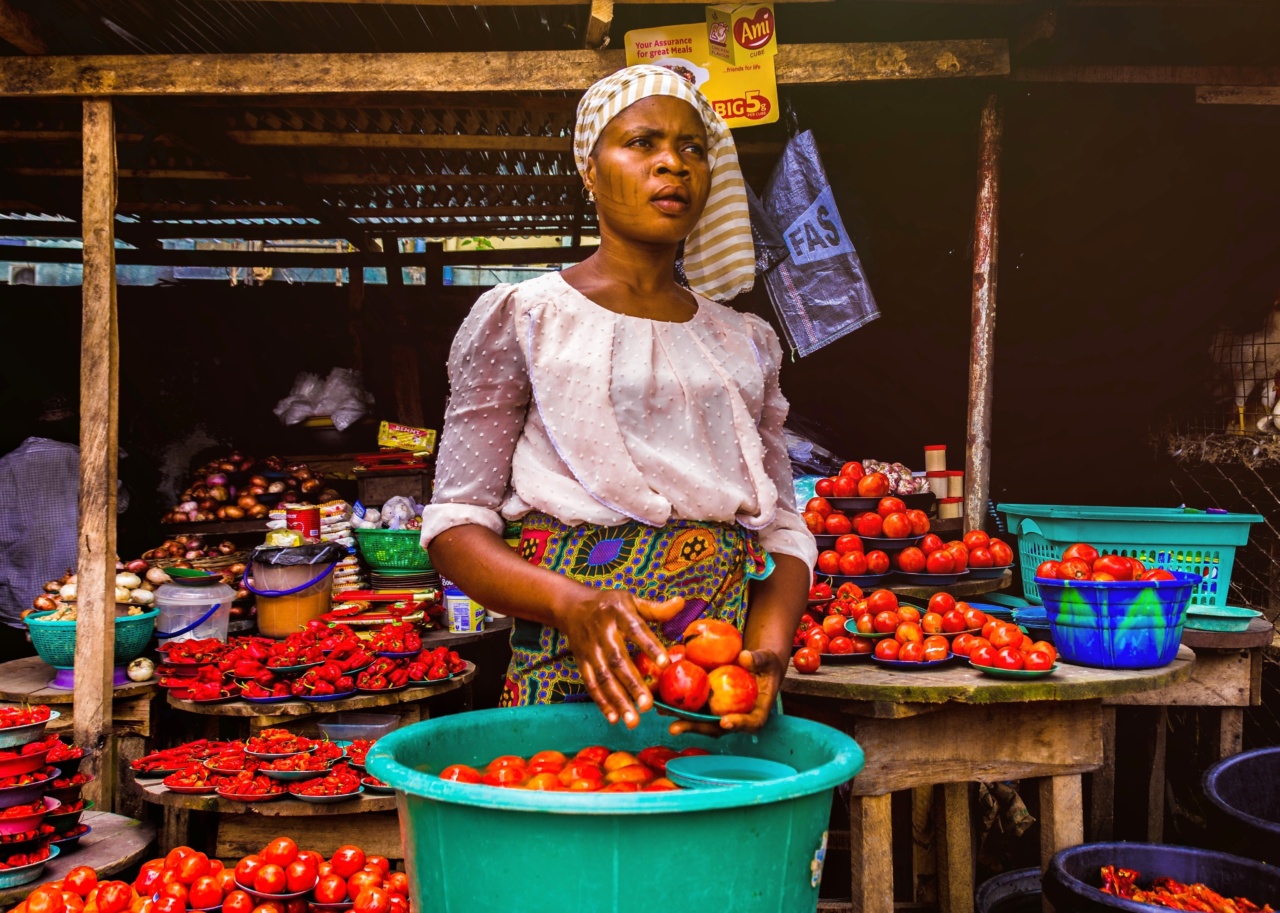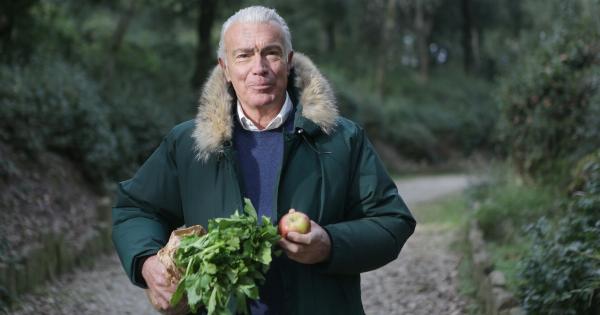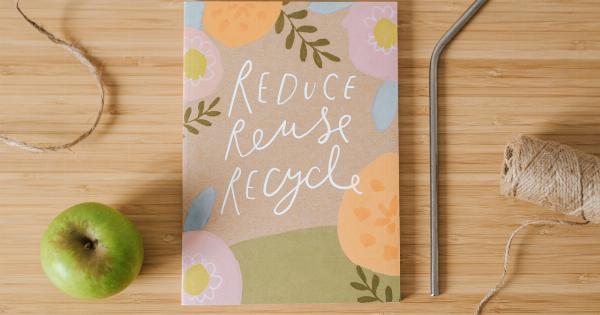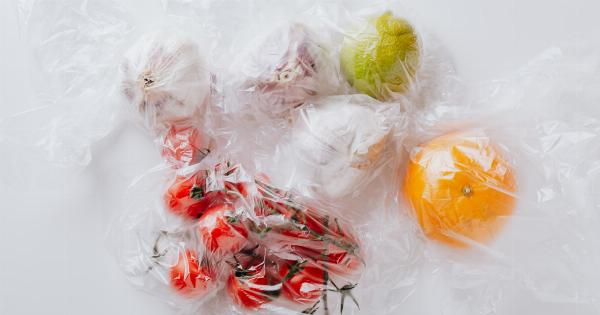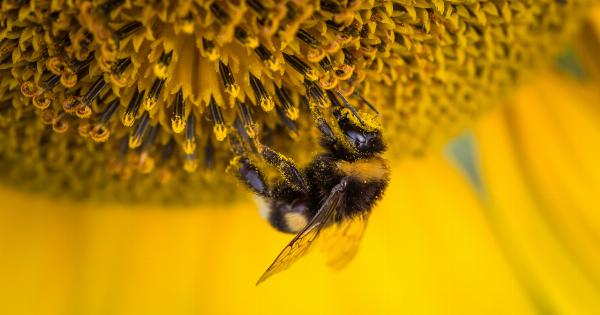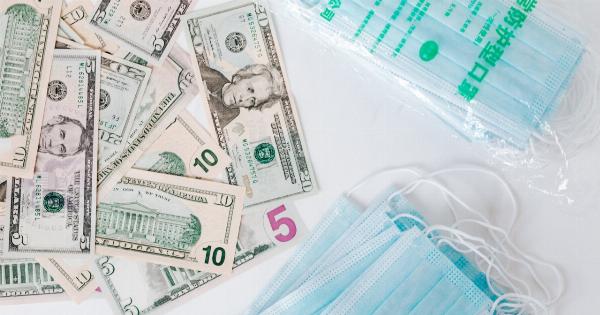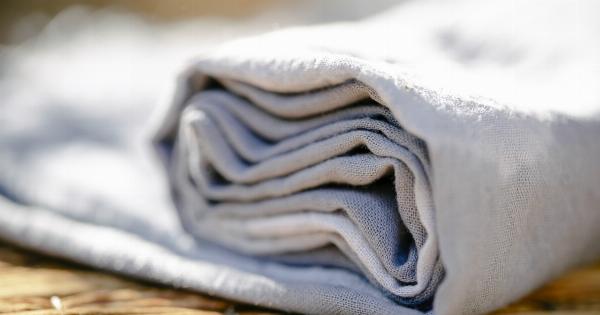In the wake of the ongoing pandemic, maintaining personal hygiene has become more crucial than ever.
Alongside washing hands and practicing social distancing, it is equally important to pay attention to the cleanliness of the food we consume, especially fruits and vegetables. In this guide, we will walk you through the best practices for washing fruits and vegetables to minimize the risk of exposure to the Kronovirus (COVID-19) and other harmful bacteria or chemicals.
Why Is Washing Fruits and Vegetables Important?
Before we delve into the specifics of how to wash fruits and vegetables effectively, it is essential to understand why this practice holds such significance.
Fruits and vegetables are an integral part of a healthy diet, packed with essential vitamins, minerals, and fiber. However, they can also harbor various contaminants, including dirt, bacteria, pesticides, and even viruses. Washing them thoroughly can help remove these contaminants, reducing the risk of illness and ensuring the food we consume is clean and safe.
Washing Techniques for Different Types of Produce
Not all fruits and vegetables require the same cleaning methods. Here are some guidelines for washing different types of produce:.
Leafy Greens and Lettuce
Leafy greens and lettuce can often harbor dirt, bacteria, and pesticides. Follow these steps to clean them effectively:.
- Fill a sink or large bowl with cold water.
- Separate the leaves and submerge them in the water.
- Gently agitate the leaves to help remove any dirt or debris.
- Leave the leaves in the water for a few minutes and then drain the water.
- Rinse the leaves under running water individually.
Root Vegetables
Root vegetables, such as carrots, potatoes, and radishes, require a slightly different approach. Follow these steps to clean them thoroughly:.
- Scrub the outer skin of the vegetables using a vegetable brush under running water.
- Pay extra attention to any visible dirt or debris.
- Rinse the vegetables under running water, ensuring all the dirt is removed.
Fruits with Hard Skin
Fruits like apples and oranges have a hard skin that needs to be properly cleaned. Here’s how to do it:.
- Hold the fruit under running water.
- Use a vegetable brush to scrub the entire surface of the fruit.
- Ensure you scrub all the nooks and crevices, including the stem and blossom ends.
- Rinse the fruit thoroughly under running water.
Berries and Soft Fruits
Berries and other soft fruits require gentle handling to prevent damage. Follow these steps to clean them properly:.
- Place the berries or soft fruits in a colander.
- Hold the colander under running water and gently swish the fruits around.
- Continue rinsing until all visible dirt is removed.
- Gently shake the colander to remove excess water.
- Place the fruits on a clean paper towel to air dry or use a salad spinner.
Additional Considerations
While following the proper washing techniques is important, here are some additional considerations to ensure the safety of your fruits and vegetables:.
Organic vs. Conventionally Grown Produce
Organic produce is grown without the use of synthetic pesticides, while conventionally grown produce may contain residual pesticides.
While both types of produce should be washed, conventionally grown produce may require slightly more attention to remove any potential pesticide residue.
Buying Pre-Washed Produce
Many grocery stores offer pre-washed and packaged fruits and vegetables. While convenient, it is still recommended to rinse them before consumption.
This extra step helps remove any bacteria or dirt that may have come into contact with the produce after the initial washing.
Storing Cleaned Produce
Once you have cleaned your fruits and vegetables, it is essential to store them properly. Ensure they are dry before storing them in the refrigerator to prevent the growth of mold or bacteria.
Additionally, store different types of produce separately to avoid cross-contamination.
Importance of Washing Hands
Lastly, always remember to wash your hands thoroughly with soap and water before and after handling fruits and vegetables. This simple practice helps eliminate potential bacteria and viruses, reducing the risk of contaminating the produce.
